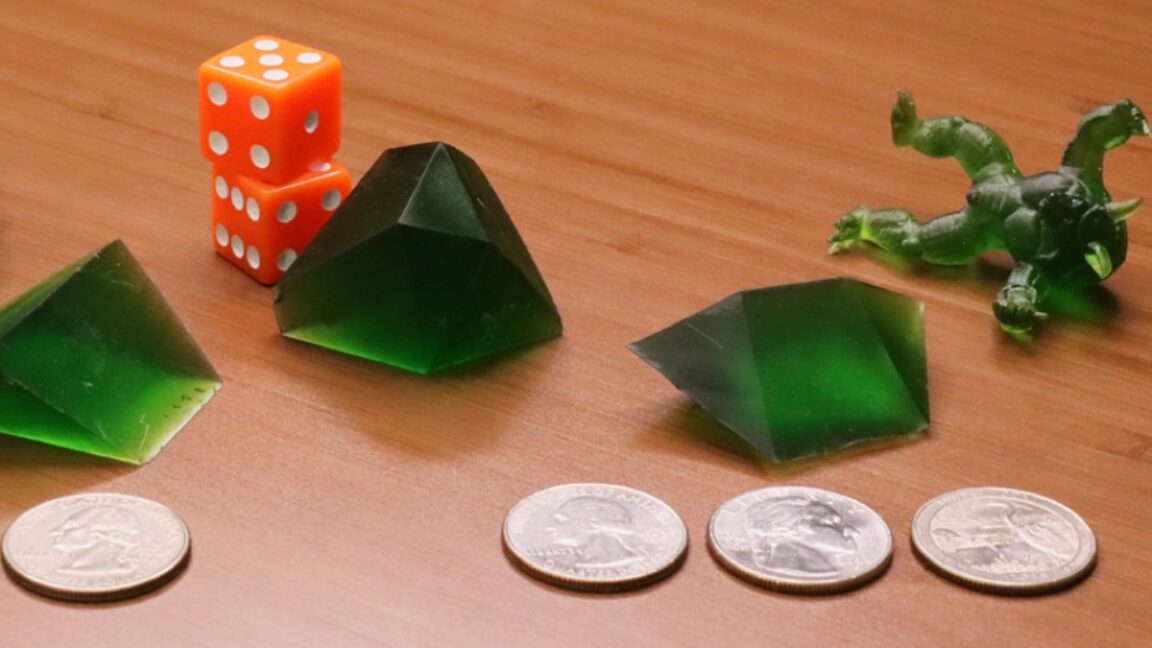
""The real behavior of a rolling object is largely a function of its geometry. This insight is essential for accurately predicting how rigid bodies will behave in various contexts.""
""Researchers have designed fair dice, even in exotic shapes, that yield results matching predicted random outcomes, showcasing advances in the understanding of rigid body dynamics.""
Research led by Carnegie-Mellon University explores dice as a model for understanding the behavior of rigid bodies during movement. Traditional and polyhedral dice reveal that their geometry affects rolling behavior and orientation outcomes when thrown. The study, involving 3D-printed dice, aims to enhance predictions of how rigid bodies behave, providing insights applicable across disciplines, from gaming to physical simulations in computing, even extending to practical applications like designing objects for stability in varied environments.
Read at Ars Technica
Unable to calculate read time
Collection
[
|
...
]